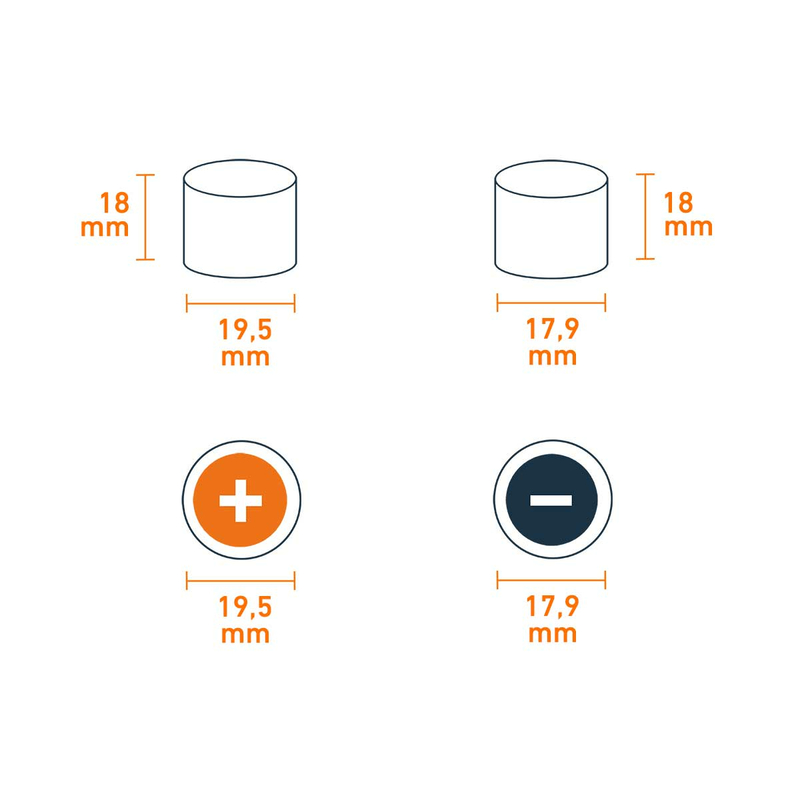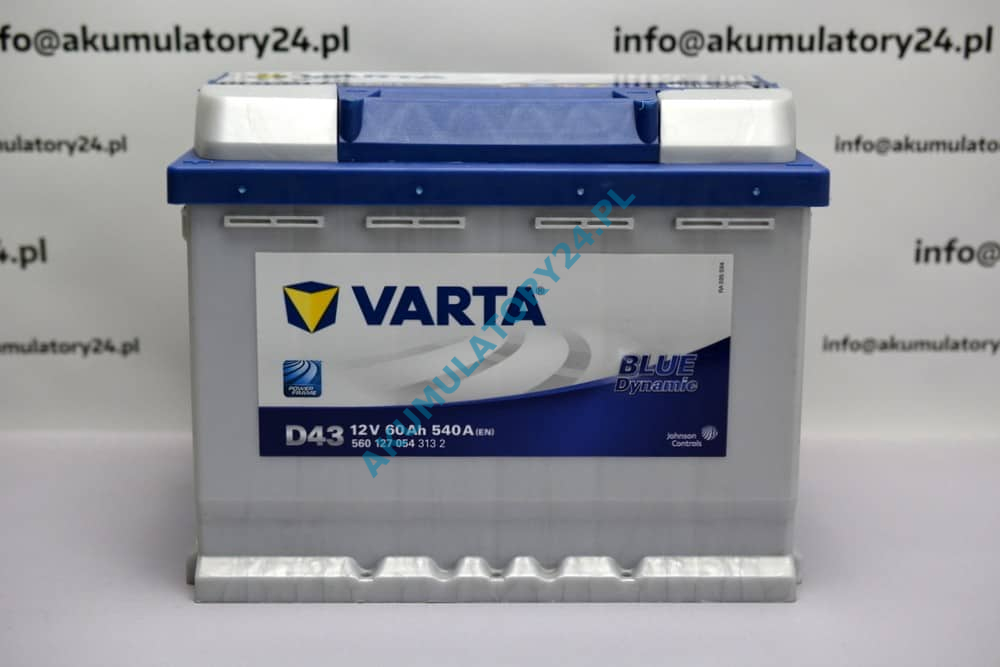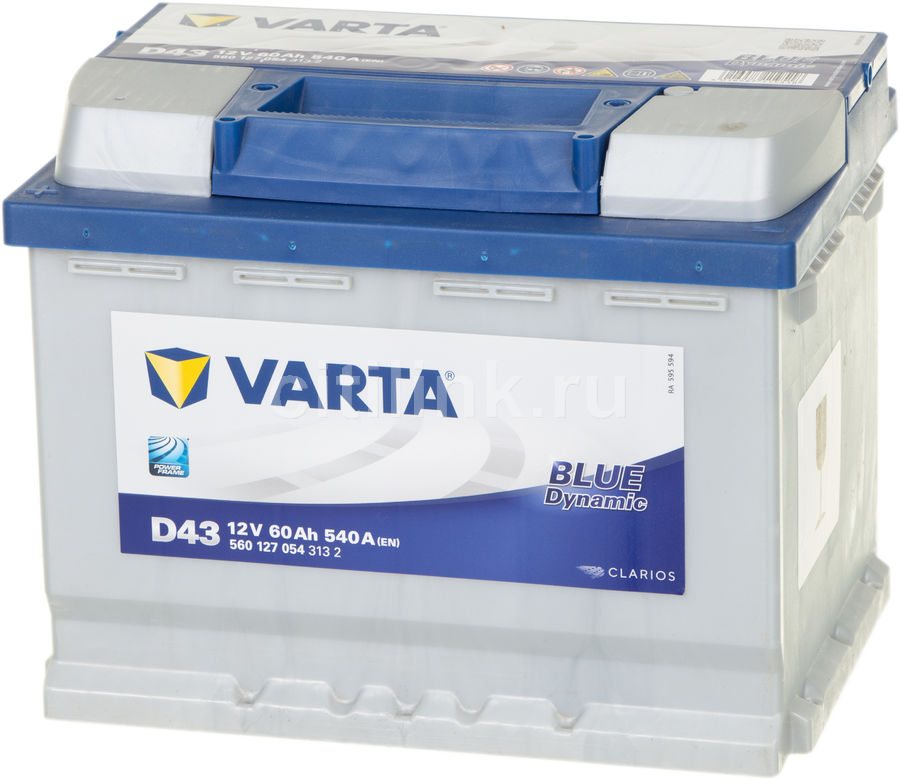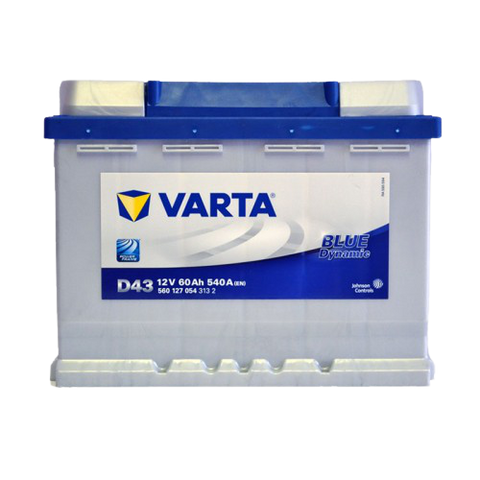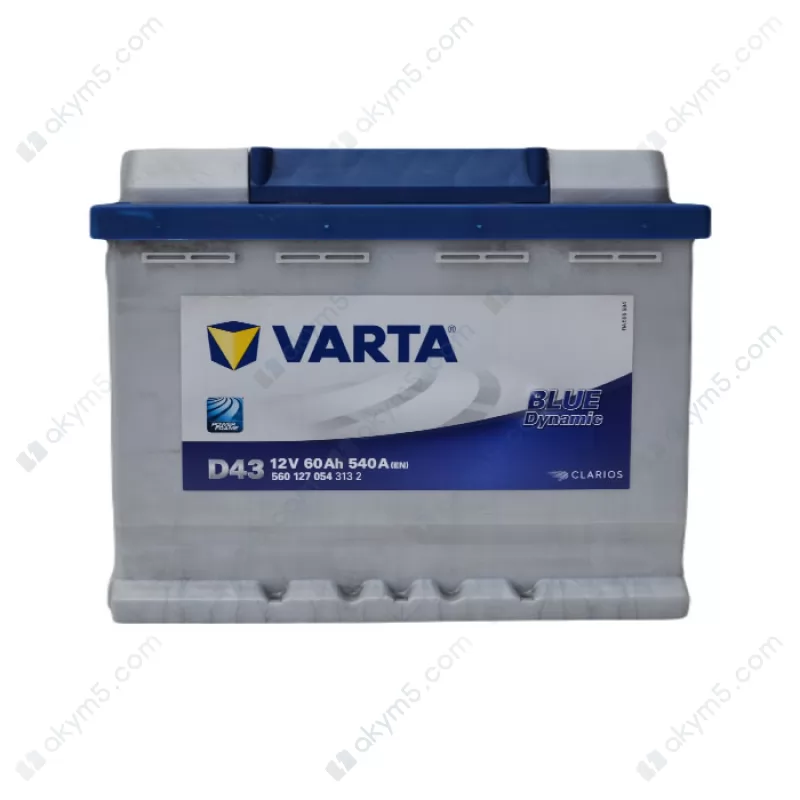
Автомобільний акумулятор Varta 6СТ-60Ah L+ 540A Blue Dynamic (D43) купити по кращій ціні | Akym5.com

Аккумулятор Varta Blue Dynamic D43 12V 60Ah 540A L+ — купить недорого в интернет-магазине «Шип-Шип» с доставкой по Санкт-Петербургу

Автомобільний акумулятор VARTA Blue Dynamic 60Ah 540A L+ (лівий +) D43 купити ➦ оОфіційний дилер. Вигідні ціни.Консультація експерта. Власний гарантійний сервіс.

Купить Аккумулятор VARTA Blue Dynamic 6CT 60Ah II+-II D43 560127054 в Киеве, Одессе, Харькове, Днепре, Запорожье, Львове

Аккумулятор VARTA BLUE DYNAMIC D43 60 Ач 540А П/П 560 127 054 313 2 купить недорого по цене 7 487 руб в интернет-магазине Би-Би с доставкой - характеристики, отзывы
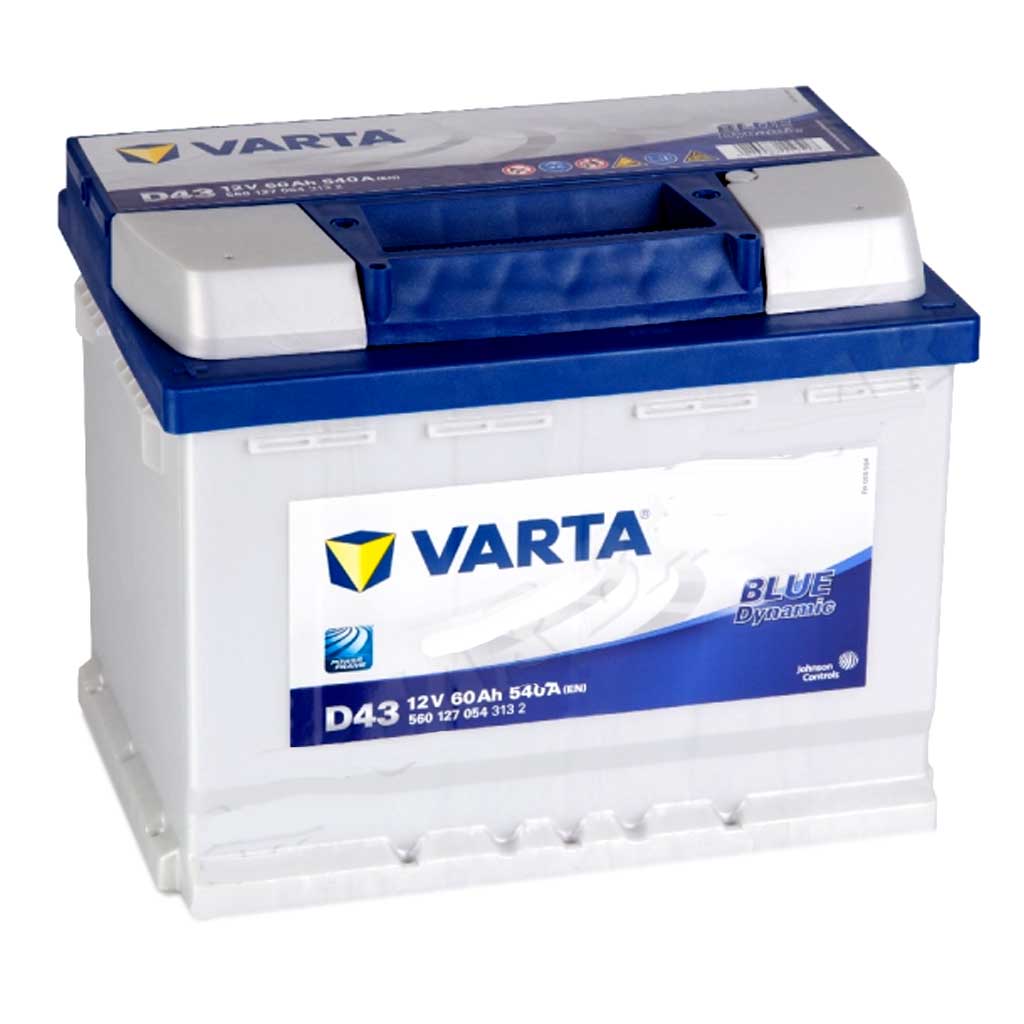
Varta Blue Dynamic D43 5601270543132 akkumulátor, 12V 60Ah 540A B+ EU, magas vásárlás, árak: 30 816 Ft. Ft.

Battery 60ah 540a 242x175x190 N. N. (+-) Blue Dynamic (d43) Varta Item No. 560127054 - Battery Measurement Units - AliExpress




